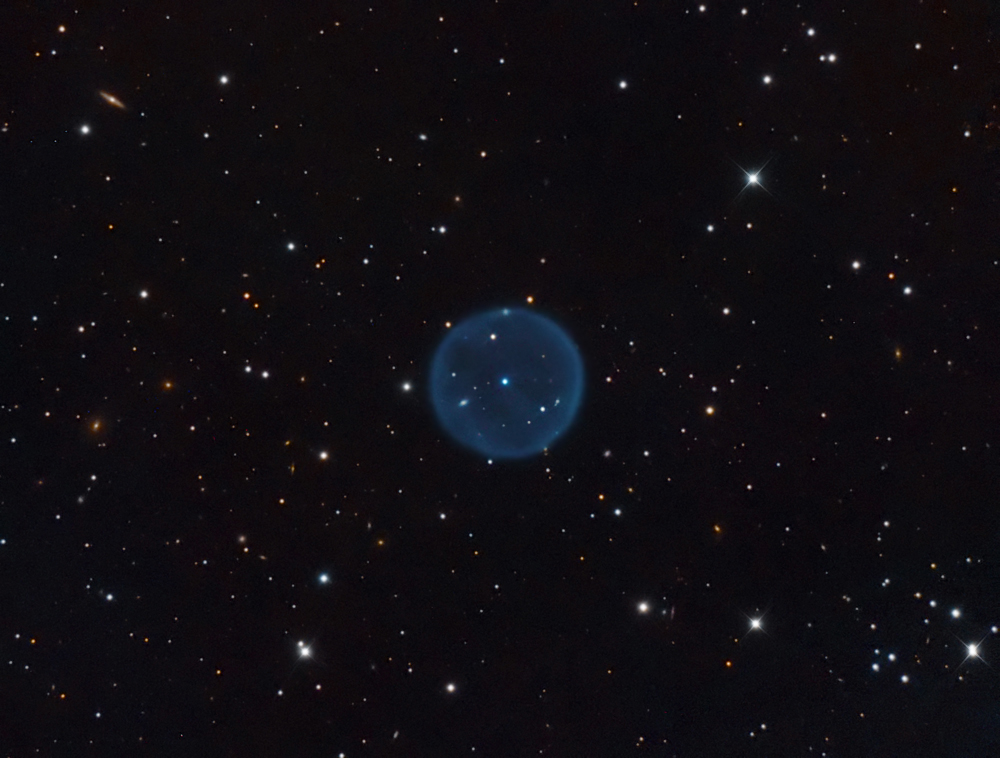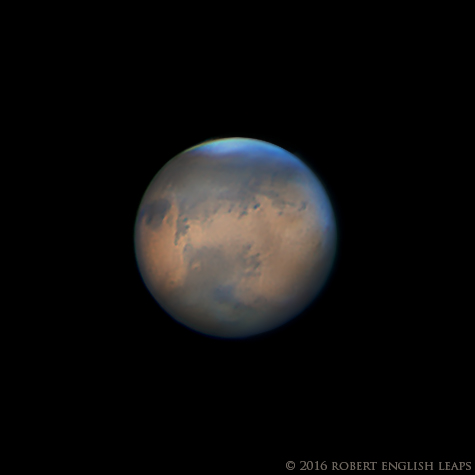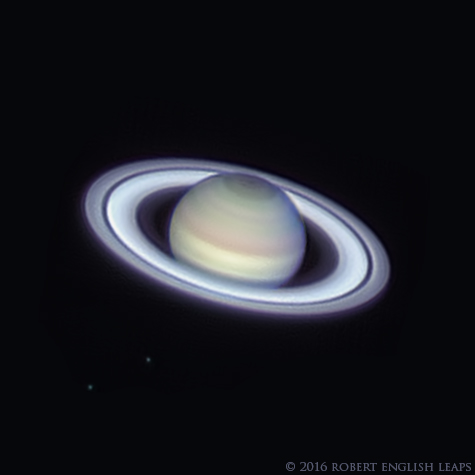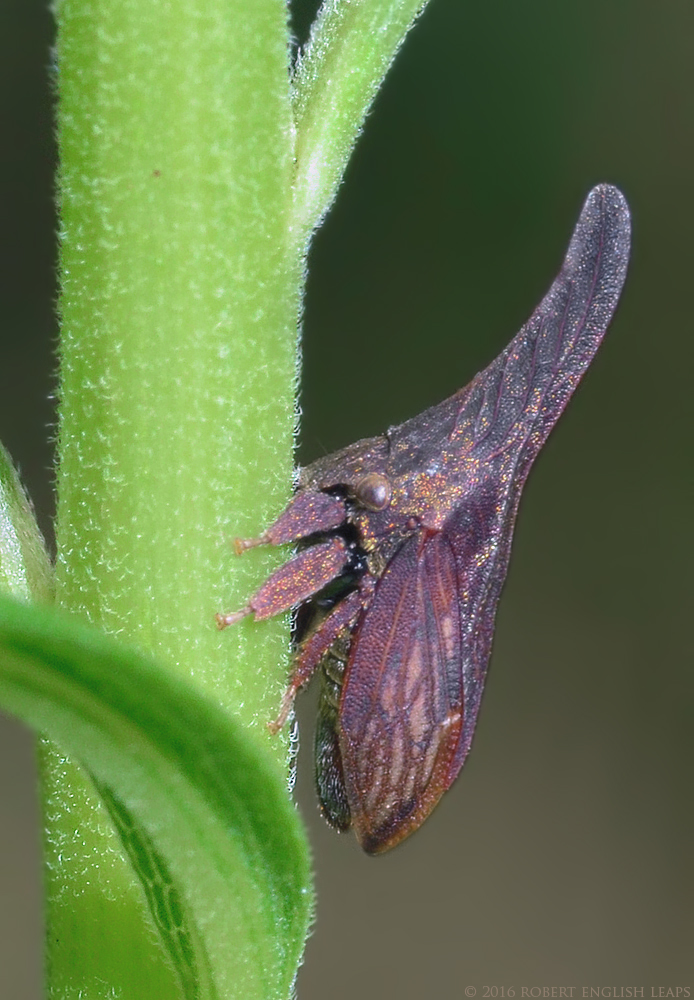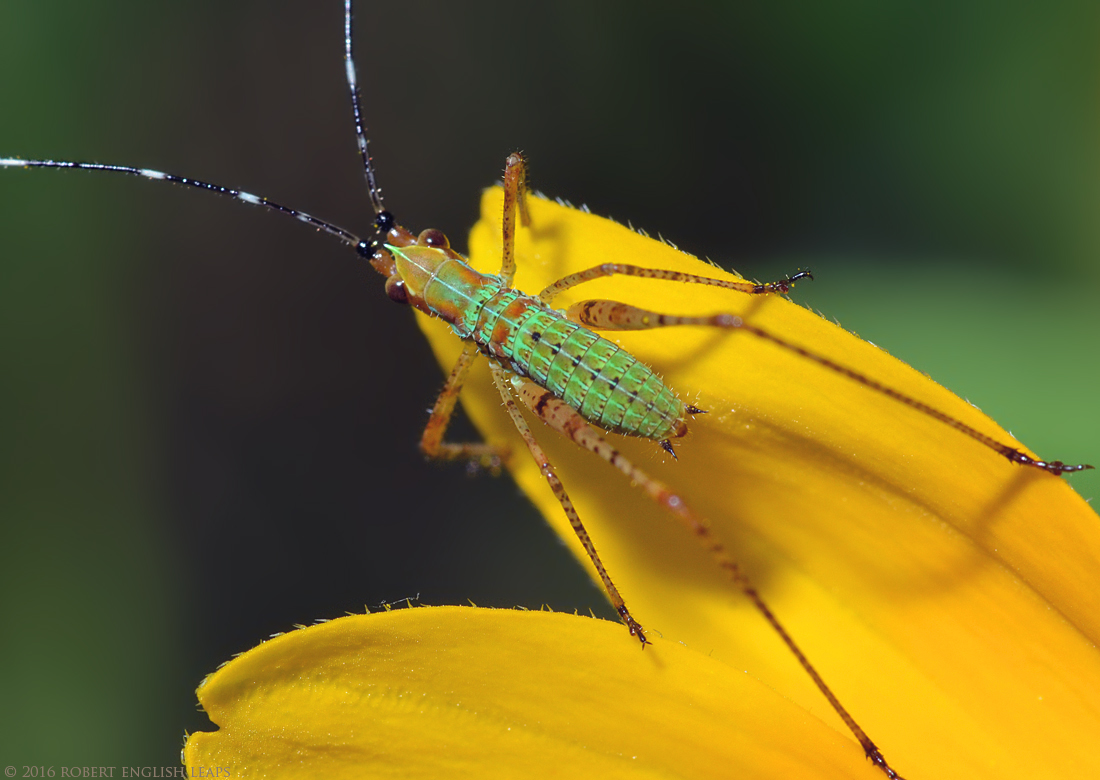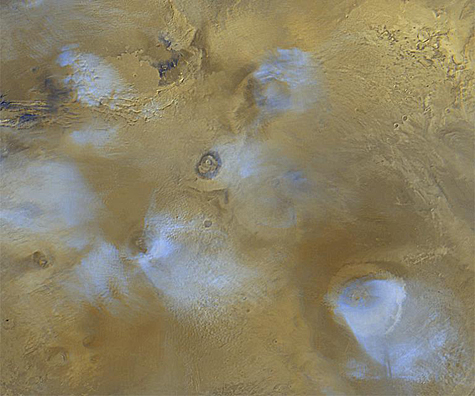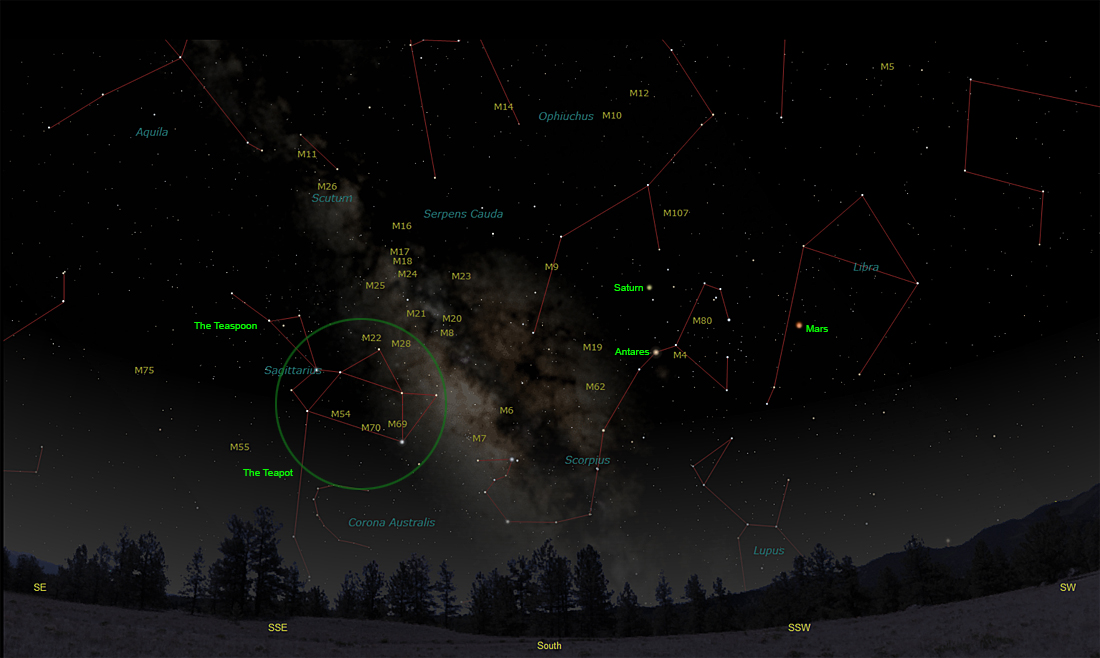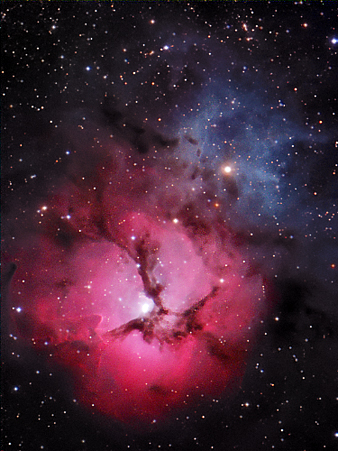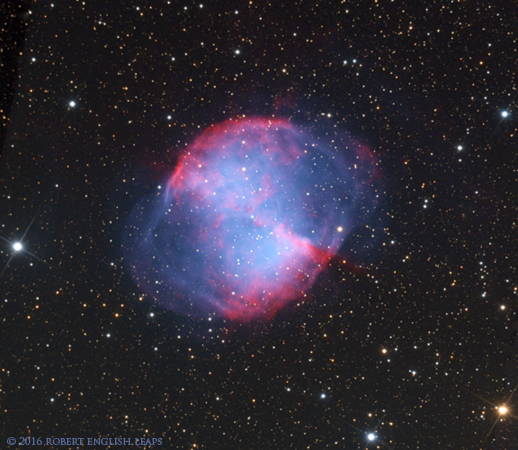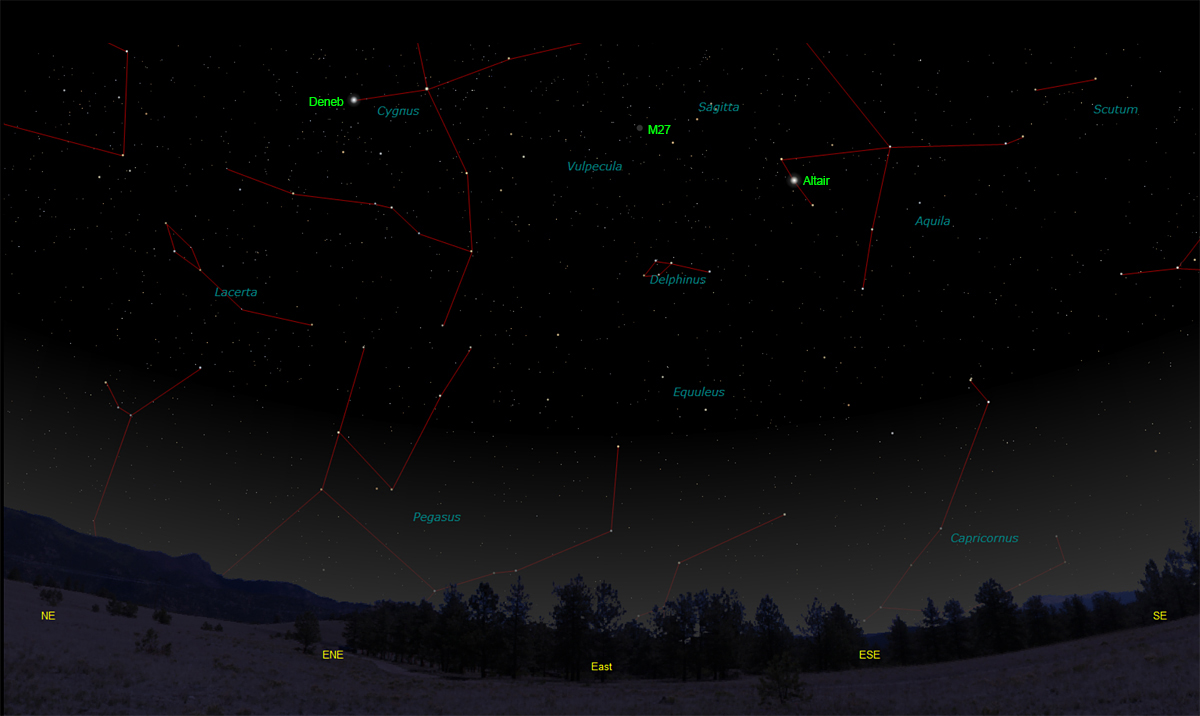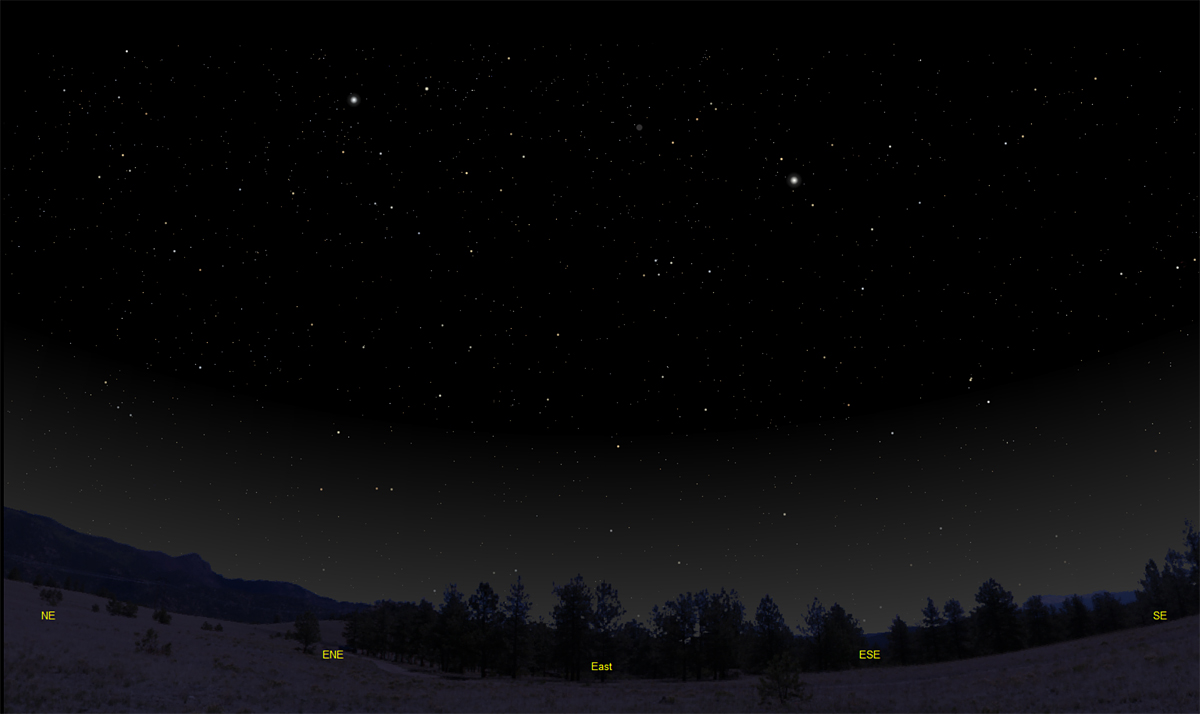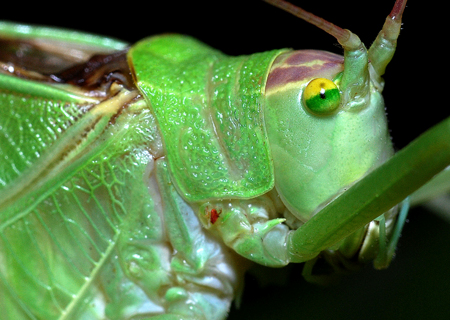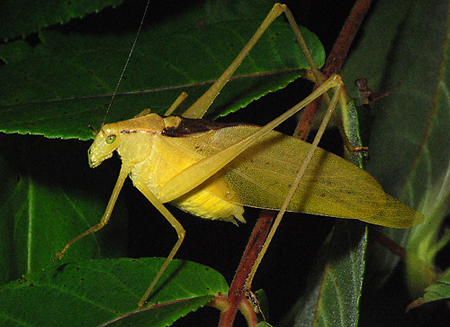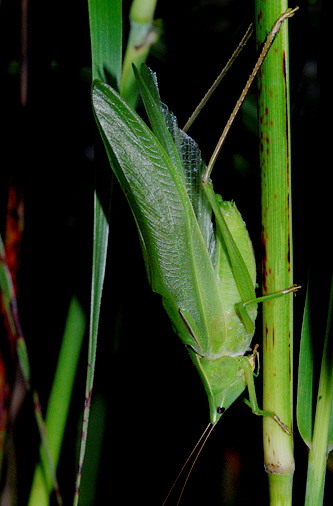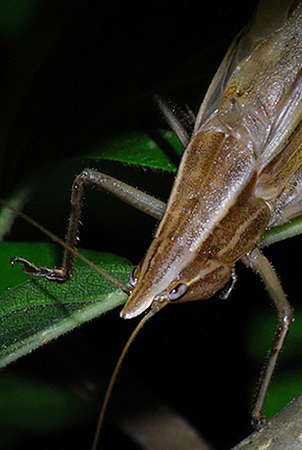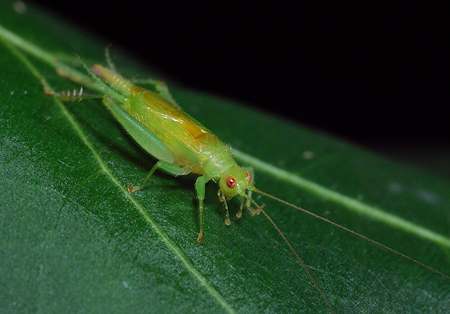The purpose of this feature is to give scout leaders, educators and naturalists an idea of some of the natural events coming up each month. We will try to cover a variety of natural events ranging from sky events to calling periods of amphibians, bird and mammal watching tips, prominent wildflowers and anything else that comes to mind. We will also note prominent constellations appearing over the eastern horizon at mid-evening each month for our area for those who would like to learn the constellations. If you have suggestions for other types of natural information you would like to see added to this calendar, let us know! Note: You can click on the hyperlinks to learn more about some of the featured items. To return to the Calendar, hit the "back" button on your browser, NOT the "back" button on the web page. All charts are available in a "printer friendly" mode, with black stars on a white background. Left clicking on each chart will take you to a printable black and white image. Please note that images on these pages are meant to be displayed at 100%. If your browser zooms into a higher magnification than that, the images may lose quality. Though we link book references to nationwide sources, we encourage you to support your local book store whenever possible.
Notes and Images From June 2016 Most of our time in June was spent trying to find good conditions to image Mars and Saturn, but we did get a couple of clear nights to image a small ghostly planetary nebula. June 6th was bright and clear, so I decided to get the observatory back in operation. We had a Great Horned Owl calling from our tree line at twilight as I walked down to the telescope. We normally hear our Great Horned Owls more than we see them, but in this case one adult flew up to the top of a tree and called several times. I had a great view of it in my 8x30 binoculars. Before it flew on, it paused to get a good look at me.
Abel 39 is a planetary nebula about 5,000 light-years away in the constellation of Hercules. Planetary nebulae form when aging stars throw off the outer layers of their atmosphere. The star then collapses into a white dwarf. Seen at the center of the planetary nebula above is the central star from which the nebula formed. A number of faint background galaxies can be seen, including three small but bright background galaxies which can be seen through the nebula. The spherical bubble surrounding the central star is about 5 light-years in diameter. To think of that in another way, the entire proposed mission to the Alpha Centauri star system, recently in the news, could be neatly fit within that bubble! The universe can be pretty humbling at times. Abel 39 is something of a challenge to image because of its low surface brightness. But it was a cool treat on a warm summer night. To see visually it takes a large telescope and good conditions. I have never tried to spot it, but hope to one night this summer. For a much brighter example of this type of object, one which you can spot with binoculars, see the notes on Messier 27 in the Constellations section below.
Of Mice and Men: We continued setting up the 20 inch reflector on just about every clear night in June to image Mars and Saturn. This can be a frustrating operation. Although the same amount of preparation is necessary every night, only perhaps one in ten clear nights has atmospheric conditions that are steady enough to allow small detail to be captured. And there were other problems. I seemed to be at two with nature, at least with some of the wildlife around our observatory. We enjoy the treefrogs and other creatures that take shelter there. But after one of our observatory cameras failed, I found USB cables that had been nibbled by mice. The mice had evidently moved on, maybe because a garter snake had taken up residence behind my laptop.
The snake evidently ran a pretty tight ship, as I had no more problems in the observatory, but the 20 inch reflector used for planetary imaging was set up outside the observatory. One morning I lifted up the protective mirror cover on the 20 inch scope and found, to my amazement, a White-footed Deermouse sitting in a newly finished nest right in the center my mirror! It just sat there looking up at me with those big eyes. It ran as I reached for the nest, and luckily it had not made a mess on the mirror. The best laid schemes, and all that. There were no young fortunately, so it didn't end too badly for the deermouse. I immediately cleaned the mirror, and no harm seemed to be done. The following morning, when I lifted the mirror cover, there were two White-footed Deermice looking up at me from the center of the mirror, but no nest. I felt like an ogre making them leave, but hopefully they found better lodging elsewhere. They decided not to return. We finally had a good steady night on June 11th, and both the Mars and Saturn images shown were taken that night. The south polar cap of Mars, at the 12:00 o'clock position, is shrouded in bluish clouds. The large dark area jutting out from the 6:00 o'clock position is Mare Acidalium. At the 9:30 position, just about to rotate around the limb of the planet, is Sinus Meridiani. At upper right on the planet you can see the Solis Lacus area, and the vast canyon Valles Marineris extends outward toward the bluish clouds at the 2:30 position. At the 3:00 o'clock position, on the limb of the planet, you can see the three Tharsis volcanoes peaking through bluish clouds. All three volcanoes can be seen well (and much closer!) in the Mars Global Surveyor Orbiter image in the Sky Events section below.
Saturn was spectacular as always. I never get tired of viewing it through the scope. And when imaging, there's a special feeling you get when the great planet appears on the laptop screen. This was the first time I've imaged the rings when they were this close to the maximum tilt towards Earth. Saturn revolves around the Sun once every 29-1/2 years. Its axis is tilted 26.7 degrees relative to the plane of its orbit. As Saturn makes its way around the Sun, we get a perspective of the ring tilt that is continuously changing. The result is that the planet appears to do a slow dance. For about 15 years (1/2 the orbital time) we see one side of the rings, then for the next 15 years we see the other side of the rings. We're now looking at the north pole of the planet. After reaching maximum tilt of 26.7 degrees in October 2017, the rings will appear to tilt less and less each year. After roughly 7-1/2 years, we will begin to see the south side of the rings. In the image at left you can see two of the brighter moons of Saturn, Tethys and Dione. All of Saturn's moons, like Saturn itself, are named after Titans. Saturn is fainter than Mars, and you cannot get the very fast capture rates in frames per second (>100 frames/sec) that you can on Mars. Even so, a typical 3 minute long capture with the video camera gives you more than 5,000 images, which means that for all three color channels you are capturing more than 15,000 images. Of this number, the sharpest 80 percent, or 12,000 images, will be aligned and stacked to create the final image. Amazingly, virtually all of the software used to capture and process planetary images is free!
I noticed this Wide-footed Treehopper on the stem of Goldenrod beside our driveway. Treehoppers come in an amazing variety of shapes and colors. There is something of a method in this madness, and it's thought that this treehopper is a thorn mimic. It does look just like a thorn, and would probably fool you if not for the fact that Goldenrod does not have thorns and that thorns do not normally move around a stem when you lean in to look at them. But it's enough to confuse many potential predators. The strange projections found on Treehoppers are modifications to the pronotum. The pronotum is the upper surface of the first segment of an insect's thorax. Apparently this treehopper is flight worthy, though as a pilot I'd want to do a weight and balance calculation before I took off. Treehoppers use their beaks to pierce plant stems and drink the sap. Excess sap becomes concentrated as honeydew, which the treehoppers secrete. The honeydew forms the basis of a mutually beneficial relationship with other insects like ants. Ants use the honeydew for nutrition, and in removing the excess honeydew from the treehopper prevent the formation of harmful fungus on the treehopper. The ants also offer some measure of protection for the treehopper from species who would prey on them. Treehoppers are related to cicadas and leafhoppers. The range of shapes and colors of treehoppers is astounding. Worldwide there are around 3,200 species in 400 genera. They are found on every continent except Antarctica. For a look at another interesting treehopper species, check out the rather wild-looking Buffalo Treehopper we encountered last October. Not far away, in our Monarch conservation butterfly garden, I found this colorful nymph on a Black-eyed Susan. From the long antennae, I suspected that it might be a nymph form of one of the false katydid family, and as it turned out this was a good guess. It turned out to be a nymph form of one of the Bush Katydids in the genus Scudderia.
Most adult bush katydids are predominantly green with a few stripes here and there. Nothing like this nattily attired youngster. Nymphs like this will mature in late summer and after mating the female will lay eggs that overwinter. The adults will survive until the first hard frosts. For more on summer insect songs, see the insect section below.
Sky Events for July 2016: Earth reaches aphelion, its farthest distance from the Sun for the year, on July 4th around 11:00am. Evening Sky: Jupiter is in Leo this month. Look for it about 35 degrees above the western horizon at dusk as the month begins. If you steady your binoculars on something solid, you can often pick out several of the four Galilean satellites of Jupiter close to the planet. With a telescope, you can often glimpse some details in the clouds. These details change rapidly, and the details can look different from night to night. It's also fun to watch the Galilean satellites transit across the face of the planet, or be eclipsed by the planet's shadow.
Mars is in Libra as the month begins. Look for it about 30 degrees above the southern horizon at dusk. Mars will begin the month still around 16 seconds of an arc in diameter, so it's still possible to get a view of some of the surface details. Mars is always fascinating to view, but it takes patience to wait for the moments when the Earth's atmosphere steadies. The fainter detail on Mars can be maddeningly difficult to make out. And of course Mars has a history of being a trickster in that regard. In the image at right, if you look at the planet like a clock face, the south polar region is at the 12:00 o'clock position . Bluish clouds cover the area, and extend downward down along the western limb of the planet. A few thin clouds can be seen over the northern regions of the planet. Sinus Meridiani is at the 9:30 position, about to rotate around the limb out of view. Just to the right of it, Margaritifer Sinus extends down like a finger. Mare Acidalium extends upward from the bottom of the planet. Solis Lacus is at upper right, and extending to the right towards the 2:30 position is the vast canyon Valles Marineris.
At the 3:00 o'clock position in the image above, you can see the three large shield volcanoes located on the Tharsis volcanic plateau. This broad, elevated region is sometimes called the Tharsis bulge. In the image at left, the fourth volcano, in the lower left hand corner, is Olympus Mons. It is the highest volcano in the solar system, but is just off of the western edge of the Tharsis region. It has not yet rotated into view in our image. The three visible volcanoes in our image are Ascraeus Mons (bottom of the three in the NASA image at left), Pavonis Mons (center) and Arsia Mons (top). The three Tharsis volcanoes are in the same orientation in our image as they are in the Mars Global Surveyor Orbiter image at left.In our image Arsia Mons is right on the limb, making it difficult to see. These are enormous volconoes! The summit of Ascraeus Mons is 59,741 feet above the surrounding plains. Pavonis Mons is 46, 939 feet in elevation, and Arsia Mons is at 58, 330 feet. For comparison, the highest volcano on Earth is Mauna Kea in Hawaii. It stands 33,476 feet above the ocean floor. Mount Everest peaks at 29,029 feet. If you were standing atop one of these volcanoes at the time this image was taken, you'd be watching the Sun rise over the plains far below.
Saturn is in Ophiuchus, to the left of Mars as you are facing south. Look for it about 25 degrees above the southwest horizon. The tilt of the rings has now opened to 26 degrees, and the view is spectacular in any size telescope. The planet transits around 10:43pm CDT. The globe of Saturn is now 18.2 seconds of an arc. All times noted in the Sky Events are for Franklin, Tennessee and are in Central Daylight Time. These times should be pretty close anywhere in the mid-state area. Summer Messier Objects: Looking south on a clear midsummer night yields a treasure trove of Messier clusters and nebulae. The illustration below is made for July 21st at 10:00pm. You will want a clear, moonless evening far from city lights. First, look for Mars. It will be the brightest star-like object in the southern sky. Saturn will be the next brightest object. Once you've found these two beacons, look below Saturn for Antares, the red giant that marks the heart of Scorpius, the Scorpion. The name Antares means, "rival of Mars." See if you can trace the tail of the scorpion down almost to the horizon, then back up to the two close stars that mark the stinger. These two stars are sometimes called the "cat's eyes." Due south look for the stars of Sagittarius. The brighter stars form an asterism known as "the teapot." Above the handle of the teapot you can see the four stars that form the asterism known as "the teaspoon." In a dark sky, the clouds of the Milky Way seem to boil out of the spout of the teapot. This is a beautiful area to scan with binoculars, with many clusters and nebulae. You don't need any equipment at all to see perhaps the most beautiful sight of all - the magnificent summer Milky Way. The sight of the core of our galaxy over the southern horizon, with the spiral arms of our galaxy arcing overhead, is not soon forgotten. You'll need to get far away from city lights. Make a expedition out of it! Compare your view of the Milky Way to the image of the edge-on galaxy NGC 4565 we made in May 2016.
Some of our favorite Messier objects reside in this part of the sky. One of the things that inspired me to build a 6 inch reflecting telescope in high school was an illuminated slide of the Eagle Nebula, M16, that was made by the 200" inch telescope on Palomar Mountain. You won't see the bright colors of these nebulae in a small telescope - the eye is very poor at detecting color at these very low light levels. But it's fun to try to spot the faintly glowing clouds. Another favorite is the Swan Nebula, M17. With a telescope you can see a faint "swan" swimming in a pretty star field. You might also see if you can spot the dark lanes in the Trifid Nebula, M20. A nebula filter will help see detail, but will also tend to alter the appearance of the stars in the field. Above the spout of "the teapot" is Messier 8, the Lagoon Nebula. It can seen with the naked eye on a dark night. If you look at just one southern Messier object this summer, I'd pick the beautiful globular cluster Messier 22. Look for it slightly above and to the left of the star at the top of the teapot's "lid." It's easy to see in binoculars, and in a larger telescope it's just wonderful. It's one of the closest globular clusters, with a distance of just over 10,000 light-years. You may be able to see it with your naked eye on clear dark summer nights. Robert Burnham, in his wonderful "Burnham's Celestial Handbook" said of Messier 22,
Constellations: The views below show the sky looking east at 10:00pm CDT on July 15th. The first chart shows the sky with the constellation outlined and names depicted. Star and planet names are in green. Constellation names are in blue. The second view shows the same scene without labels. Prominent constellations this month in the eastern sky are Cygnus, the Swan, with its bright star Deneb, and Aquila, the Eagle, with its bright star Altair. Below and to the left of Altair is the constellation of Delphinus, the Dolphin, looking like it's leaping over the eastern horizon. Above Delphinus look for the arrow-like form of Sagitta, the Arrow. Between Sagitta and Cygnus lie the faint stars of Vulpecula, the Fox. One of the brightest planetary nebula in the sky resides in this little constellation. Messier 27, shown above, can be seen as a fuzzy patch in binoculars (don't expect the bright colors - just a grayish green spot). Use the easy-to-find stars of nearby Sagitta to locate it, using the finder chart here. On Learning the Constellations: We advise learning a few constellations each month, and then following them through the seasons. Once you associate a particular constellation coming over the eastern horizon at a certain time of year, you may start thinking about it like an old friend, looking forward to its arrival each season. The stars in the evening scene above, for instance, will always be in the same place relative to the horizon at the same time and date each July. Of course, the planets do move slowly through the constellations, but with practice you will learn to identify them from their appearance. In particular, learn the brightest stars (like Deneb and Altair in the above scene), for they will guide you to the fainter stars. Once you can locate the more prominent constellations, you can "branch out" to other constellations around them. It may take you a little while to get a sense of scale, to translate what you see on the computer screen or what you see on the page of a book to what you see in the sky. Look for patterns, like the stars that make up the constellation Cygnus. The earth's rotation causes the constellations to appear to move across the sky just as the sun and the moon appear to do. If you go outside earlier than the time shown on the charts, the constellations will be lower to the eastern horizon. If you observe later, they will have climbed higher. As each season progresses, the earth's motion around the sun causes the constellations to appear a little farther towards the west each night for any given time of night. If you want to see where the constellations in the above figures will be on August 15th at 10:00pm CDT, you can stay up till 12:00am CDT on July 15th and get a preview. The westward motion of the constellations is equivalent to two hours per month. Recommended: Sky & Telescope's Pocket Star Atlas is beautiful, compact star atlas. A good book to learn the constellations is Patterns in the Sky, by Hewitt-White. You may also want to check out at H. A. Rey's classic, The Stars, A New Way to See Them. For skywatching tips, an inexpensive good guide is Secrets of Stargazing, by Becky Ramotowski. A good general reference book on astronomy is the Peterson Field Guide, A Field Guide to the Stars and Planets, by Pasachoff. The book retails for around $14.00. The Virtual Moon Atlas is a terrific way to learn the surface features of the Moon. And it's free software. You can download the Virtual Moon Atlas here. Cartes du Ciel (described in the monthly notes above) is a great program for finding your way around the sky. It is also free, and can be downloaded here. Apps: We really love the Sky Safari Pro application described here. For upcoming events, the Sky Week application is quite nice. Both apps are available for both I-phone and Android operating systems. The newest version, Sky Safari 4, is available here.A nother great app is the Photographer's Ephemeris. Great for finding sunrise, moonrise, sunset and moonset times and the precise place on the horizon that the event will occur. Invaluable not only for planning photographs, but also nice to plan an outing to watch the full moon rise. Available for both androids and iOS.
Amphibians:
July’s frogs and toads are much like June’s. Listen for Cope's Gray Treefrogs, Gray Treefrogs, Bird-Voiced Treefrogs, Green Treefrogs and Barking Treefrogs. Eastern Cricket Frogs and Southern Cricket Frogs call a lot during July, and the calls of Bullfrogs and Green Frogs fill the night air. After summer thunderstorms listen for the high, insect-like call of the Eastern Narrowmouth Toad and the strange-sounding Eastern Spadefoot. Be sure to look closely at young toads you encounter. Sometimes we find young Eastern Spadefoots foraging during the day. A young Eastern Spadefoot will have vertical pupils, a tiny spade on its rear feet and will often have some red warts, even when only a fraction of an inch long. A hand lens helps to see these features (or turn your binoculars around and use them for a magnifying glass.) Recommended: The Frogs and Toads of North America, Lang Elliott, Houghton Mifflin Co.
Insects:
Though we've heard some cricket song earlier in the year, it was not until June 21st that we heard our first Oblong-winged Katydid. On June 22nd we had our first cicadas, and on the 27th we had our first Northern True Katydids. For many people, one of the defining sounds of a summer night is the rhythmic chanting of katydids. It doesn't quite feel like summer until you hear them. For me the sound evokes memories of summer vacations when I was a kid. Our family often drove at night along state highways. The interstate system was still yet to come. Our car, like most cars then, did not have air conditioning, so the windows were down. As the highway wound through patches of forest the katydid calls grew louder, enveloped the car, then faded away. My brother and I stretched out on beds our parents made for us on the back seat and floor (no seatbelts then.) We drifted off to sleep to the comforting murmur of our parents' voices and the calls of the katydids, a lullaby.
The eyes of katydids are stunning, with the upper part yellow and the bottom a rich green. Only the males have the purple "cap." Katydids belong to the family Tettigoniidae. The call that is probably best known is that of the Northern True Katydid. It's in the subfamily Pseudophyllinae, and the species name is Pterophylla camellifolia. It ranges over most of the eastern United States. Northern True Katydids typically call from fairly high in the tree canopy, making them difficult to spot. The genus name, Pterophylla, literally means "wing leaf" and they are amazing leaf mimics. Compare the pattern in the katydid's wings in the top image above to the patterns in the leaflet in the lower right hand corner of the image. Northern True Katydids produce sounds by rubbing a sharp "scraper" at the base of one wing against a file-like row of "teeth" at the base of the other wing. Sometimes in large choruses the calls become synchronized. In this recording we made at Franklin State Forest in Marion County, a Northern True Katydid close to the microphone begins calling. Note how its call becomes synchronized with the ongoing chorus.
The False Katydids are in the subfamily Phaneropterinae. According to Lang Elliott in his book, The Songs of Insects, there are about sixty-five species of false katydids north of Mexico, represented by 12 genera. One common member of this subfamily is the Oblong-winged Katydid. These katydids have wings that are more elongated than the Northern True Katydid, and the call is a short raspy sound only about a third of a second long.The call sounds a little like a match being struck. In this recording Northern Cricket Frogs are heard calling in the background. The katydid gives only a single note. Oblong-winged Katydids usually are a bright green color, but can also occur in the yellow form shown in the image at left. We find the yellow form to be rarer. Pink forms have also been found.
Since Oblong-winged Katydids like weedy fields and tall vegetation, you
may be more likely to encounter them than some of the other more arboreal
species. So it's a good call to learn. The calls of coneheads are conspicuous on midsummer evenings.
Two common species of coneheads in Tennessee are the
Coneheads are in the katydid family (Tettigoniidae), which also includes the True Katydids, the Meadow Katydids, the Shieldback Katydids and the False Katydids. The genus is Neoconocephalus. The easiest way to locate coneheads is by listening for their calls. Just drive a few back roads that pass by weedy fields at dusk or later and you should hear them. The Robust Conehead is the larger of the two species and is between two and three inches long. It has a very long, rasping call on one pitch. Like a bad musician, it seems to try to make up in sheer volume what its song lacks in complexity. As you drive by you can sometimes hear the call doppler-shifting downward. The call has a peak frequency of around 8 kHz, and you can listen to one we recorded by clicking here. There are two cuts - the first cut records the sound as you might hear it at a distance, and includes Common True Katydids in the background. The second cut records the sound as you might hear it if one is calling right beside the road.
The name Nebraska Conehead is a little misleading, as the range of this species also includes a wide area of the eastern United States. A little smaller than the Robust Conehead, it measures between 1-3/4 inches to 2-1/4 inches in length. The call of the Nebraska Conehead is also a raspy note on one pitch, but the length of each call lasts only between 1-1/2 to 2 seconds, with a pause of about one second in between calls. Its call peaks around 10 kHz. To listen to a recording of a Nebraska Conehead , click here. Seen close up, the eyes of both species are quite interesting. If you happen across a conehead that is not calling, look carefully at the underside of the cone and observe how it is marked. These markings are a useful way to distinguish between species. See the reference at the bottom of this section for help in identification.
The trigs form another interesting group. These small crickets belong to the subfamily Trigonidiinae (hence the name). They are also known as the sword-tailed crickets. Shown at right is the Columbian Trig. Only about 1/4 of an inch long, these tiny crickets make sounds that many people have heard all their life without knowing the identity of the caller.A chorus has the rhythmic quality of sleigh bells. Because they tend to blend in with the other sounds of a summer night, you may have to concentrate to pick them out of the many other insect noises on a typical July or August night. We made this recording in our front yard, and since seem to hear them everywhere we go. Recommended: The Songs of Insects, Lang Elliott and Wil Hershberger, Houghton Mifflin Co. Online: Songs of Insects Lang Elliott Archives (Remember to use the back button on your browser, NOT the back button on the web page!) Natural Calendar February 2016 Natural Calendar December 2015 Natural Calendar November 2015 Natural Calendar November 2014 Natural Calendar September 2014 Natural Calendar February 2014 Natural Calendar December 2013 Natural Calendar September 2013 Natural Calendar December 2012 Natural Calendar November 2012 Natural Calendar September 2012 Natural Calendar February 2012 Natural Calendar December 2011 Natural Calendar November 2011 Natural Calendar September 2011 Natural Calendar December 2010 Natural Calendar November 2010 Natural Calendar September 2010 Natural Calendar February 2010 Natural Calendar December 2009 Natural Calendar November 2009 Natural Calendar September 2009 Natural Calendar February 2009 Natural Calendar December 2008 Natural Calendar November 2008 Natural Calendar September 2008 Natural Calendar February 2008 Natural Calendar December 2007 Natural Calendar November 2007 Natural Calendar September 2007 Natural Calendar February 2007 Natural Calendar December 2006 Natural Calendar November 2006 Natural Calendar September 2006 Natural Calendar February 2006 Natural Calendar February 2003 Natural Calendar December 2002 Natural Calendar November 2002 Nature Notes Archives: Nature Notes was a page we published in 2001 and 2002 containing our observations about everything from the northern lights display of November 2001 to frog and salamander egg masses. Night scenes prepared with The Sky Professional from Software Bisque All images and recordings © 2016 Leaps.
|
|
